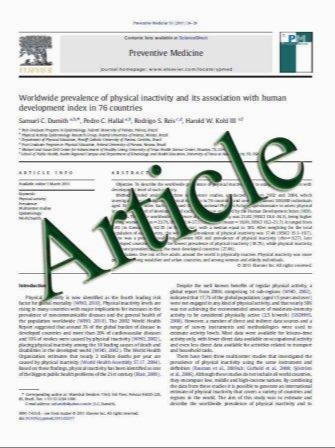Interactions Between Advanced Glycation End-Products (AGE) and their Receptors in the Development and Progression of Diabetic Nephropathy – are these Receptors Valid Therapeutic Targets
- نوع فایل : کتاب
- زبان : انگلیسی
- مؤلف : Karly C. Sourris1,* and Josephine M. Forbes1,2
- چاپ و سال / کشور: 2009
Description
Diabetes, is a metabolic disorder characterised by chronic hyperglycaemia, hypertension, dyslipidaemia, microalbuminuria and inflammation. Moreover, there are a number of complications associated with this condition including retinopathy, neuropathy and nephropathy. Diabetic nephropathy, is the major cause of end-stage renal disease in Western societies affecting a substantial proportion (25-40%) of patients with diabetes. Advanced glycation end products (AGEs) have been identified as important modulators of the development and progression of diabetic nephropathy, through both receptor dependant and independent interactions. AGEs elicit their receptor mediated effects via their engagement with numerous receptors and binding proteins which are broadly thought to be either inflammatory (RAGE and AGE-R2) or clearance receptors (AGE-R1, AGE-R3, CD36, Scr-II, FEEL-1 and FEEL-2). Modulation of AGE receptor expression is an important potential therapeutic approach worth consideration as a treatment for diabetic nephropathy and likely applicable to other vascular complications.
Current Drug Targets, 2009, 10, 42-50


